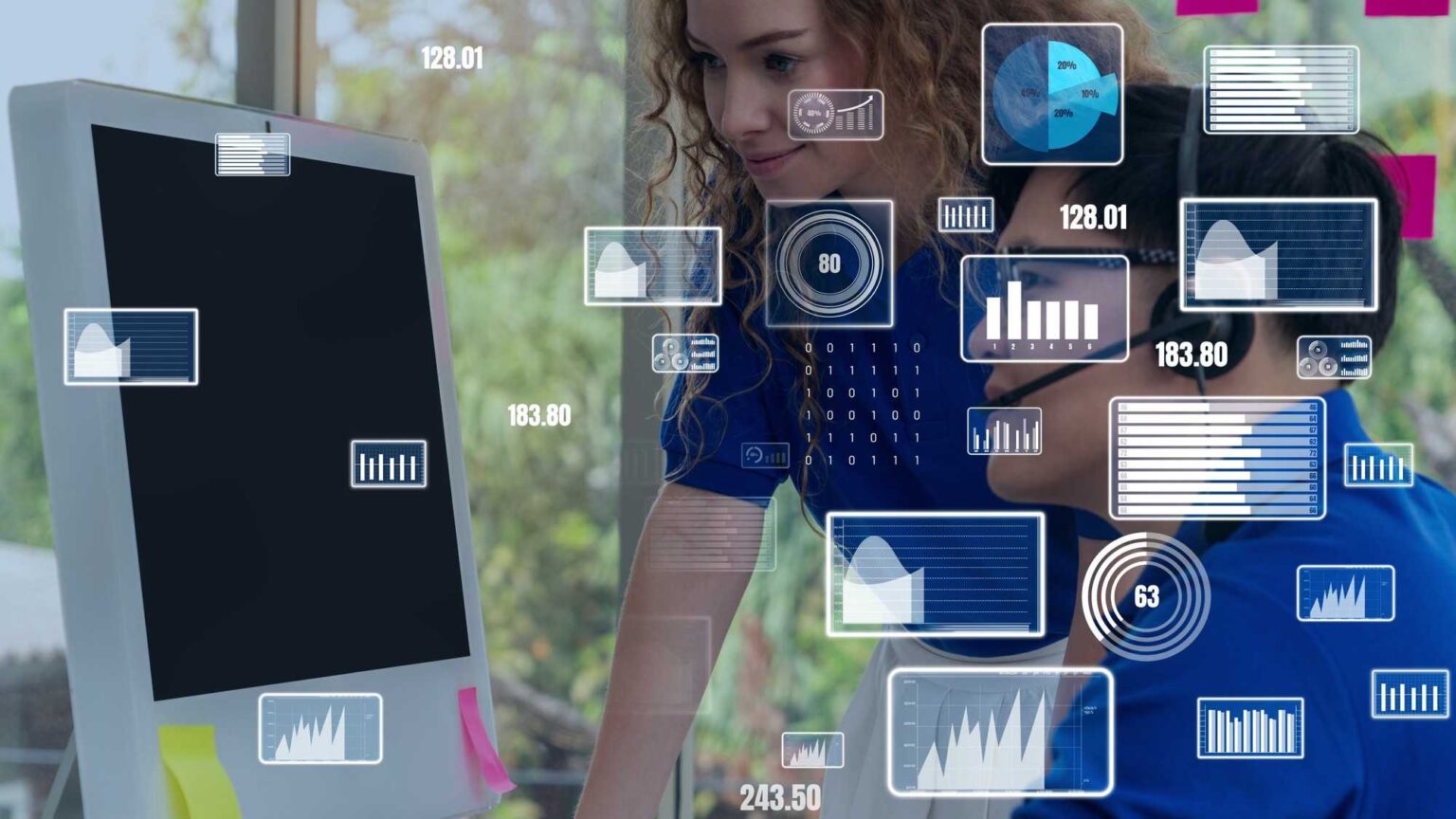Data visualization is the process of presenting complex data in a visual format, such as charts, graphs, maps, or interactive dashboards. It plays a crucial role in transforming raw data into actionable insights that are easily understandable and interpretable. Here’s how data visualization helps in this transformation:
- Simplifying Complex Data:
- Data visualization simplifies complex datasets by representing them visually, making it easier for users to grasp patterns, trends, and relationships.
- Visualizations condense large amounts of data into concise and visually appealing representations, enhancing comprehension and reducing cognitive load.
- Identifying Patterns and Trends:
- Data visualization enables the identification of patterns, trends, and correlations that may be hidden within the data.
- Interactive visualizations allow users to explore data from different angles, filter and drill down into specific subsets, and discover insights that may not be apparent in raw data.
- Communicating Insights Effectively:
- Visualizations help in effectively communicating insights to both technical and non-technical audiences.
- By presenting data in a visually appealing and intuitive manner, visualizations facilitate the understanding and retention of information.
- Supporting Decision-Making:
- Visualizations provide a solid foundation for data-driven decision-making.
- They enable stakeholders to quickly grasp the implications of the data, evaluate different scenarios, and make informed decisions based on visual representations of the data.
- Enhancing Data Exploration:
- Interactive visualizations empower users to explore data interactively, allowing them to adjust parameters, change variables, and interact with the visual representation in real-time.
- Users can dynamically manipulate visualizations, gaining deeper insights and facilitating a deeper understanding of the underlying data.
- Spotting Anomalies and Outliers:
- Visualizations make it easier to identify anomalies, outliers, and unusual patterns in the data that may require further investigation.
- Outliers or abnormal data points can be visually spotted and analyzed to understand their underlying causes or implications.
- Enabling Data Storytelling:
- Visualizations facilitate data storytelling, where data is presented in a narrative format to convey a specific message or tell a compelling story.
- Visualizations help in presenting a coherent and engaging narrative that captivates the audience and highlights the key insights.
- Promoting Data Collaboration:
- Visualizations promote collaborative data exploration and analysis among teams.
- By sharing visualizations, teams can collaborate, discuss, and collectively derive insights, fostering a data-driven culture within the organization.
- Explaining Complex Concepts:
- Visualizations simplify the communication of complex concepts, making them more accessible to a broader audience.
- Complex statistical or analytical concepts can be visually represented, enabling non-experts to grasp the underlying ideas and conclusions.
- Real-Time Monitoring:
- Real-time visualizations allow for the monitoring of live or streaming data, enabling timely insights and quick response to changes or anomalies.
Data visualization is a powerful tool that enables organizations to uncover insights, communicate information effectively, and drive data-driven decision-making. By transforming complex data into visually appealing and interactive representations, data visualization empowers users to gain a deeper understanding of their data and extract actionable insights.



